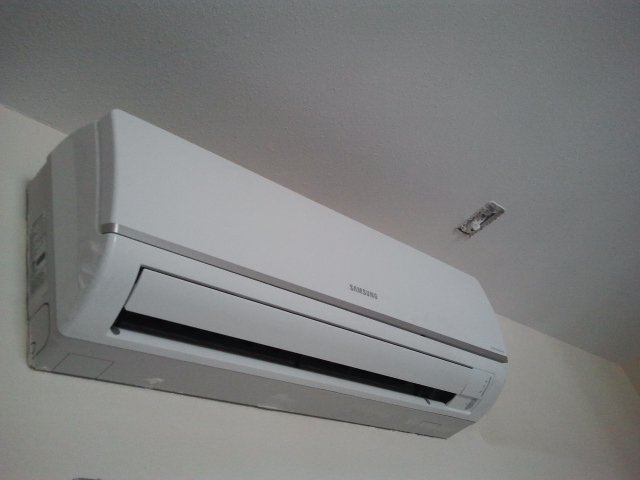
Mini-split air conditioning systems, also known as ductless mini-splits, have indeed become increasingly popular in both residential and commercial settings due to their efficiency, flexibility, and ease of installation. These systems offer a versatile solution for cooling (and often heating) individual rooms or zones within a building without the need for extensive ductwork. Let’s delve deeper into the two types of mini-split systems and their benefits, especially in comparison to standard central AC systems.
Single Zone Mini-Split Systems
- Application: Single zone systems are designed to cool or heat a single room or area. This makes them an ideal choice for adding climate control to spaces like new additions, garages converted into living spaces, or rooms that have specific temperature needs separate from the rest of the building.
- Components: A single zone system consists of one outdoor condensing unit connected to one indoor unit via refrigerant lines. The indoor unit is typically mounted on the wall but can also be ceiling-mounted or floor-standing, depending on the space and preference.
- Efficiency: These systems are known for their high energy efficiency. They operate on less power because they’re designed to condition the air of a single room, avoiding the energy losses typically associated with ductwork.
Multi-Zone Mini-Split Systems
- Application: Multi-zone systems are capable of cooling and heating multiple rooms or areas independently of each other. Each zone (or room) has its own indoor unit, which is connected to a single outdoor unit. This setup is perfect for houses or buildings where room-by-room temperature control is desired.
- Components: Multi-zone systems consist of one outdoor unit that can support multiple indoor units. These indoor units can be a mix of wall-mounted, ceiling-mounted, or floor-standing types, depending on the requirements of each room.
- Efficiency and Control: Multi-zone systems offer a highly efficient way to condition spaces because each zone can be controlled independently, allowing for precise temperature management without wasting energy on unoccupied rooms. This capability significantly enhances overall system efficiency and occupant comfort.
SEER Efficiency Rating
- Higher SEER Ratings: Mini-split systems generally offer higher Seasonal Energy Efficiency Ratio (SEER) ratings than standard central air conditioning units. While central AC systems might max out at 14 to 16 SEER, many mini-split systems offer SEER ratings well above 20, making them significantly more energy-efficient.
- Cost Savings: The higher the SEER rating, the more efficient the system is at converting electricity into cooling power. Over time, the energy savings from using a high-SEER mini-split system can offset the initial investment, making them a cost-effective solution for climate control.
Comparison with Central AC Units
- Ductless vs. Ducted: One of the key differences between mini-splits and traditional central AC units is the absence of ductwork. Ductless mini-splits are more efficient in part because they eliminate the energy losses associated with ductwork, which can account for more than 30% of energy consumption, especially if the ducts are in unconditioned spaces like attics or crawl spaces.
- Flexibility: Mini-splits offer greater flexibility in terms of installation and design. They can be installed in locations where it’s impractical or too expensive to extend or install new ductwork.
- Installation: Installation of mini-split systems is generally quicker and less invasive than installing or extending ductwork for a central AC system, making mini-splits an attractive option for retrofitting older buildings with air conditioning.
In summary, mini-split air conditioning systems, whether single zone or multi-zone, provide a versatile, efficient, and cost-effective solution for cooling and heating spaces. Their high SEER ratings, along with the ability to control temperatures in individual zones, make them an increasingly popular choice over traditional central AC systems, especially in applications where flexibility and efficiency are paramount.
